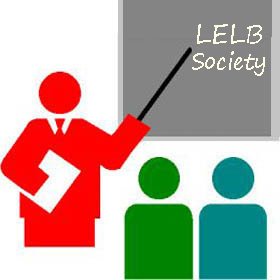Table of Contents
Noticing Hypothesis in second language learning
Noticing Hypothesis

Schmidt (1990) claimed that attention to input is a conscious process. He viewed noticing (i.e. registering formal features in the input) and noticing the gap (i.e. identifying how the input to which the learner is expected differs from the output the learner is able to generate) as essential processes in L2 acquisition.
Noticing the gap

Noticing the gap is identifying how the input to which the learner is expected differs from the output the learner is able to generate. Schmidt (1990) believes that consciousness in the sense of awareness of the form of the input at the level of noticing is necessary to subsequent SLA. ‘Noticing hypothesis’ is in contrast with ‘dual system hypothesis’ proposed by Krashen (1981) that says that SLA largely results from an ‘unconscious’ acquisition system.

In Schmidt and Frota (1986), we read that their central contention is that little (possibly no) learning of new linguistic material from input is possible without attended processing. Schmidt distinguishes three subsystems of attention. Attention as ‘alertness’, which refers to motivation and readiness to learn. Here he made the point that noticing and acquisition are not dependent on learner intention (i.e. involuntary noticing can occur).

‘Orientation’ concerns the general focus on attention (for example, whether on meaning or on form), which can also be influenced by the design of the tasks. ‘Detection’ refers to the cognitive registration of stimuli that allows for the further processing of information. It is here that controversy exists both regarding whether detection involves awareness and whether it requires only global attention.
Strong and weak forms of Noticing Hypothesis

With regard to the first of these controversies, Schmidt distinguished a strong and weak form of the Noticing Hypothesis. The strong form, which reflects his earlier position, states that “there is no learning whatsoever from input that is not noticed”, while the weak form, indicative of his later position, allows for representation and storage of unattended stimuli in memory but claims that “people learn about the things they attend to and do not learn much about the things they do not attend to”. On the second issue, Schmidt argued that attention needs to be specifically directed. As he put it, “nothing is free”.
Schmidt (1990) defined ‘noticing’ as the availability for verbal report. Noticing is referred to as the conscious attention to the form of input.
References
- Krashen, S. D. (1988). Second language acquisition and second language learning. Hertfordshire: Prentice Hall International, Ltd.
- Schmidt, R. W. (1990). The role of consciousness in second language learning. Applied Linguistics, 11(2), 129-158. doi:10.1093/applin/11.2.129
- Schmidt, R. W., & Frota, S. N. (1986). Developing basic conversational ability in a second language: A case study of an adult learner of Portuguese. In R. R. Day (Ed.), Talking to learn: Conversation in second language acquisition (237-326). Rowley, MA: Newbury House.



